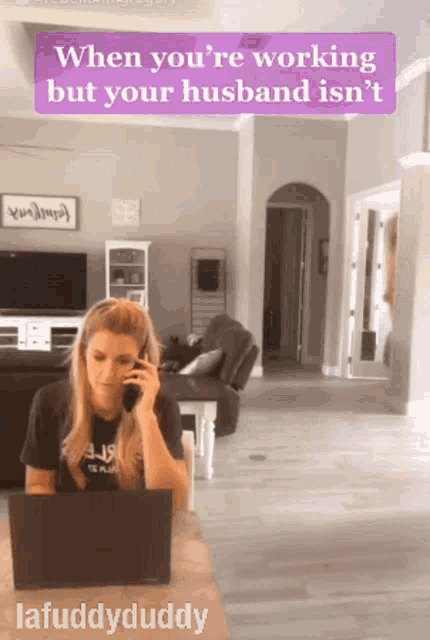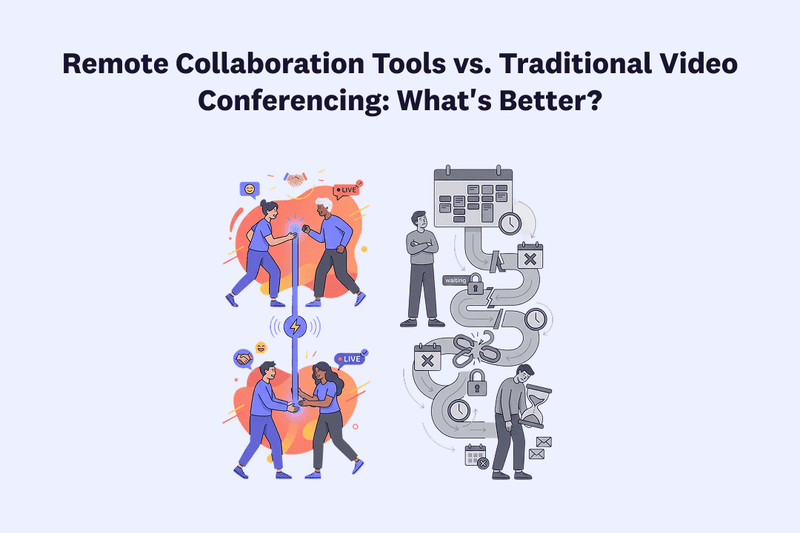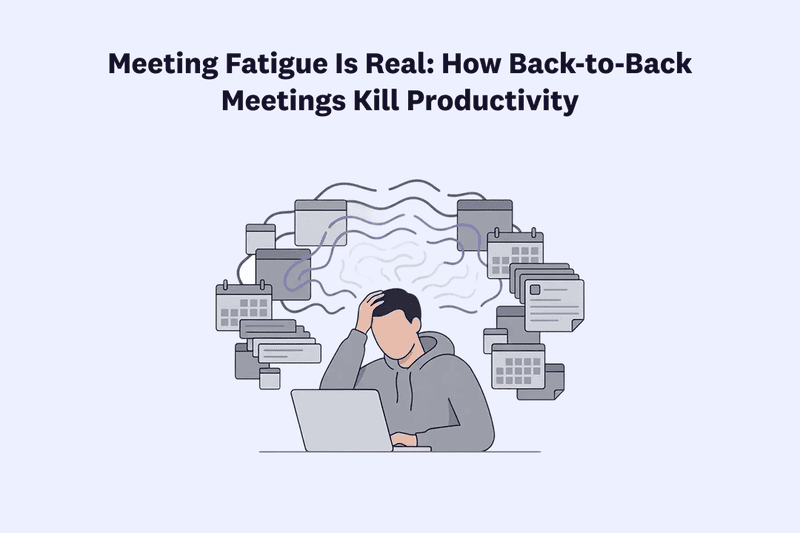
Why didn't asynchronous work for us?
Replicating an office using Slack and Zoom
Introduction
Last year, we were thrown into remote work for the first time. Since then, our feeds have been full of conflicting opinions on remote communication and how best to do it.
Before the pandemic, we led product teams at tech startups in London. We tried working asynchronously to adjust to remote working, but it didn't work. We then tried, like everyone else, to work synchronously, and attempted to replicate the office environment using Zoom and Slack.
Even with these tools, we found remote work to be lonely and missed being in the office.
We had tasted the upside of working from home, so to avoid a full-scale return to the office, we set about building a way to bring teams together so they could enjoy all the benefits of being in an office environment while working from home.
Why didn't asynchronous work for us?
Guides to remote work focus on best practices for asynchronous teams (who work from anywhere, at different times), so that is what we tried first.
Very few companies have actually taken remote work as far as eliminating offices and time zones altogether, but that seemed to be all we talked about.
Based on the notion that remote work = asynchronous work, the playbook was clear: do your work independently, document everything in manuals and threads on Slack, and have meetings only when necessary.
However, documenting processes in minute detail and deferring decision-making until the right person was online killed the aspects of our jobs we loved most: working in a high-energy environment and shipping fast.
We quickly realised that asynchronous methods did not work for us.

Replicating an office using Slack and Zoom
We wanted to work simultaneously with the same speed and energy we experienced when working with our teams in the same place. But we wanted to do it remotely. In other words, we wanted to work synchronously from home. We tried doing this using Slack and Zoom.
When we wanted to speak to people during our remote experiment, we would message on Slack, wait for a reply, sync on privacy, set up a time for the call, and then meet on Zoom. This worked well for longer meetings with a clear agenda but was a painful process when we all wanted a 2-minute discussion. In the office, we could tap colleagues on the shoulder to ask questions without having to schedule a meeting for every conversation. It was easy to pull in others for an impromptu brainstorm to solve a problem.

The lack of convenience of communicating meant we simply communicated less, which led ultimately to unresolved questions, less employee input in decision making and fewer brainstorming sessions.
To try and keep everyone in the organisation on the same page, we tried writing up notes of Zoom meetings and sharing them on Slack. Inevitably, however, these notes were limited to action points, so they gave minimal context. We also found that while in the office, people used to overhear and jump into discussions happening around them, they rarely jumped in with their thoughts on Slack.

In the office, people at every level of the organisation could always bump into each other. These chance conversations helped build solid relationships and company culture. They also led to some of the most creative ideas at the company. When all our communication moved to Slack and Zoom, employees struggled to access senior leaders outside the formal constraints of a scheduled 'check-in', and there was very little communication outside our immediate teams. Employees had less exposure to important decision-makers, and our teams became siloed.
The pains we experienced arose from a single issue: our teammates were not in the same place simultaneously.
Is a return to the office inevitable?
There are too many upsides to working from home to dismiss it outright.
Employees save time and money on their commute. And they get to work from the comfort of their own home, which no longer needs to be in expensive parts of the city.
Working from home reduces greenhouse gas emissions from cars on the road and the consumption of fossil fuels. It means better air quality as a result of decreased air pollution.
For companies, having their teams working remotely is a fraction of the cost of an expensive office lease. It is also a chance to start hiring globally.

What about hybrid?
Having experienced the benefits of remote, most employees aren't on board with the idea of a return to a 5-day week in the office. As a result, many businesses are attempting a hybrid return to work and are tackling it in one of two ways:
The entire team works from the office on set days every week: Companies acknowledge that working synchronously from home is not optimal. The speed of decision-making, fluidity of creative discussions and sharing context on what's happening across the company are all adversely affected. They want to solve this by bringing people together in the office on set days and having them do individual-focused work when working from home.
Each employee can choose between working from the office or from home on any given day: Given the choice, we believe every employee will default to one of the two options and stick with it. Those working from the office will have the chance to bump into each other, discuss ideas and feel a sense of camaraderie with their teams. They will overhear conversations among other teams and have more facetime with senior staff. Meanwhile, those working from home will use a combination of Zoom and Slack and encounter the same issues faced by remote teams discussed earlier. The office will slowly become the centre of work, creative discussions and socialising. This will create a disparity between those working from home and those working from the office and will likely create fractures in the team.

Hybrid work is still being figured out. We believe current tools do not work for people who want to work from home, whichever hybrid option is used.
We believe the world still needs a solution for working together remotely. A way for everyone to be present together in the same space simultaneously.
So, we built the Virtual HQ:
At Cosmos, we are building virtual spaces replicating the physical office through secure video chat in a computer game environment.
The way it works is simple: the user selects a digital space from our website and makes it their own. They can then invite Cosmos colleagues to the space, which exists on a permanent weblink - their virtual HQ.
Each user in the venue has an avatar and can walk up to other people's avatars to video chat with them. When users move their avatars away, the video chat ends automatically. Essentially, every user in the same venue can walk in and out of a conversation with other users.
Using avatars means there is the same 'flow' of people walking in corridors and passing each other in common areas, which creates opportunities for bumping into each other.
Video and audio can be turned on or off, and statuses help indicate availability so everyone has privacy and can focus without interruption when needed.
For our team, having a virtual HQ means we bump into each other and walk over to each other to ask questions all the time. Having these interactions at work, even remotely, has enabled our team to develop friendships with people they have never met in real life and with people outside their teams. We get all the upsides of being in an office from the comfort of our homes.

The Future
Our vision for the future is one where every remote synchronous business has a virtual HQ where they can socialise, collaborate and build relationships through casual and informal interactions with their colleagues.
At the same time, we imagine casual coworking spaces popping up in neighbourhoods, enabling people to switch up their work environment whenever they want without needing to commute to city centres.
As employees, imagine we weren't tied to a particular office and could choose where we worked instead. Some of us would work from our home office or gardens in the summer, while others would choose a lively coworking space. It would depend on the person, the day of the week, or what they're working on.
We believe businesses using Cosmos can make this a reality for their teams.
But.. We still don't know how to fix this:



